Vistas around Xiamen
Quanzhou
Quanzhou, located on the southeast coast of Fujian province, is a city steeped in millennia of cultural heritage. In order to preserve the history of the ancient city, Quanzhou adheres to the use of traditional materials and craftsmanship in street and lane renovations. Craftsmen of ancient architecture have been invited to participate in the restoration, ensuring that Quanzhou's distinctive architectural elements are preserved. This not only reflects an appreciation of Quanzhou's traditional culture, but also injects new vitality into this thousand-year-old city.
More than 1,300 years ago, the Port of Quanzhou, or “Zayton” at the time, was well-known to the world. Being "the largest oriental port" for 400 years, it was an important starting point of the Maritime Silk Road.
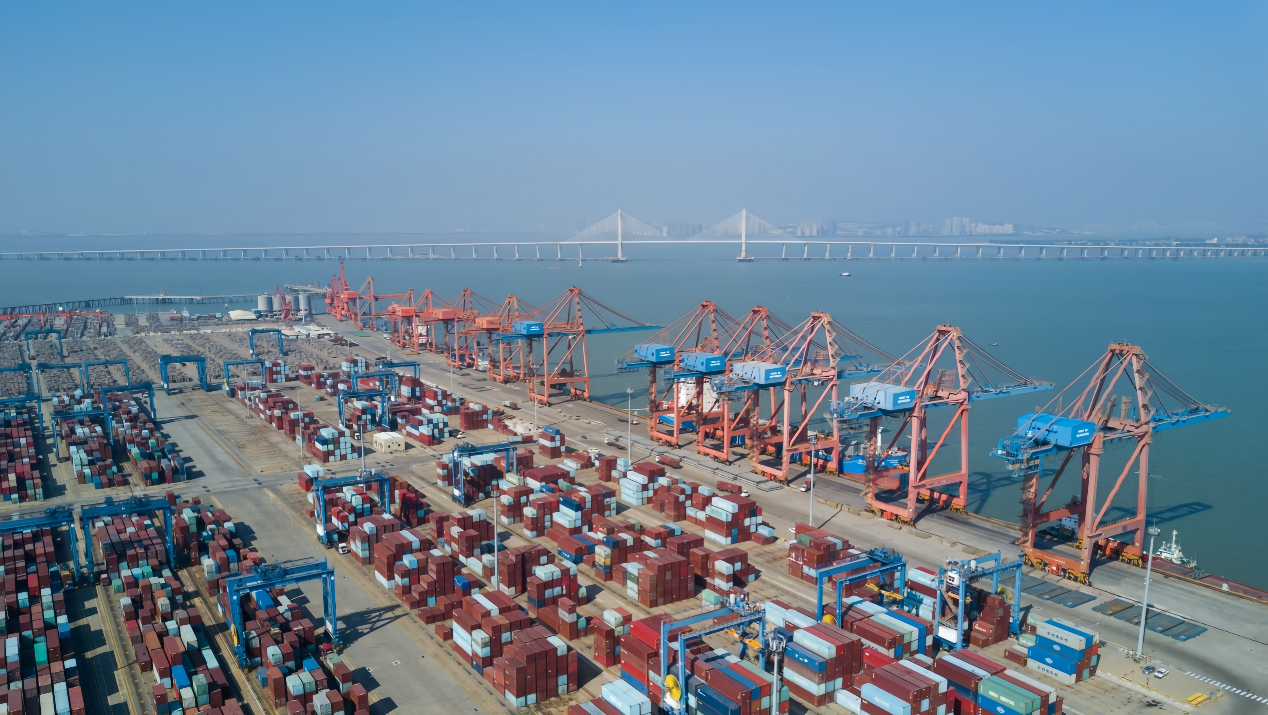
Attractions
Deji Gate site in Quanzhou consists of the city gate, city wall, ditches, an arch bridge and many other historical relics. It is a key relic site under State protection. The site is a relatively complete preservation of the historical relics from the 11th to the 20th century (Song, Yuan, Ming and Qing dynasties), which is an important historical witness of the development of ancient Quanzhou.
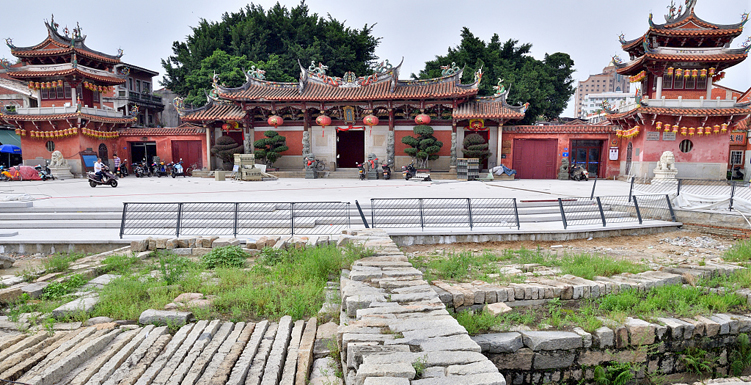
Kaiyuan Temple in Quanzhou is the largest Buddhist temple in Fujian province. The landmark attractions at the temple include two stone towers – Zhenguo Tower and Renshou Tower – that stand respectively on the eastern and western sides of Daxiong Palace.
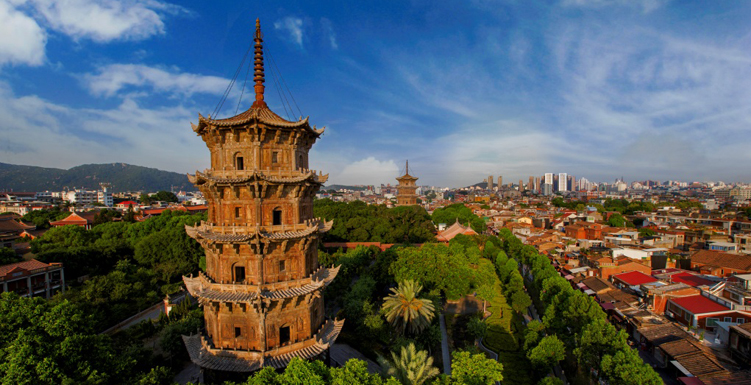
Luoyang Bridge, originally called Wan'an Bridge, is the earliest existing cross-sea girder bridge in China. The ancient bridge is 731.29 meters long and has 44 ship-shaped piers, 645 columns, 104 stone lions, seven stone towers and one stone pavilion.
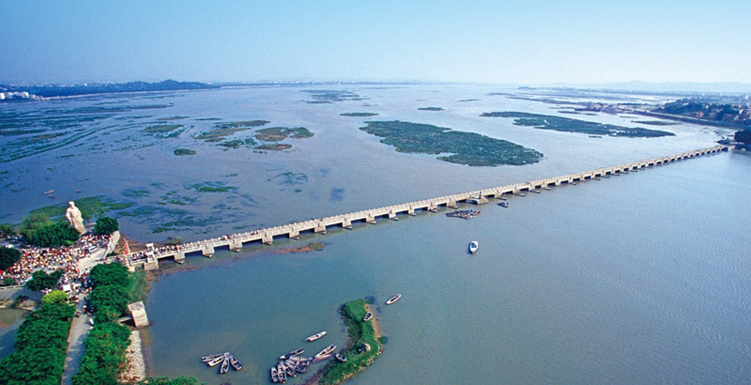
Tianhou Palace is one of the largest and oldest temples dedicated to the maritime goddess Mazu in China, First built during the Song Dynasty (960-1279). Tianhou Palace was not only a witness of the Maritime Silk Road, but also an important link between people from both sides of the Taiwan Straits.
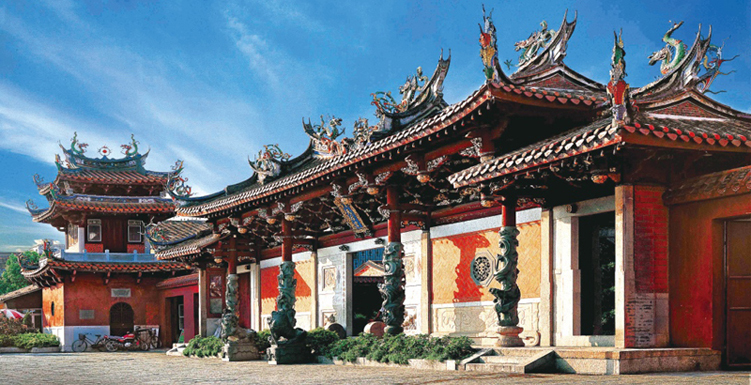
Mount Qingyuan has been famous since the Tang dynasty of Imperial China. The centuries of development on Mount Qingyuan has imprinted various important historical and cultural artifacts. Such examples include nine huge Taoist and Buddhist stone sculptures, 600 stone inscriptions, and 3 granite stones. This includes the "Four Superlatives": the stone statue of Laozi; the Vedic stone statues of Buddha for Three Lives; the holy Islamic tombs; and the "pray for wind stone" inscriptions. The site also contains the shrine of Master Honyi.
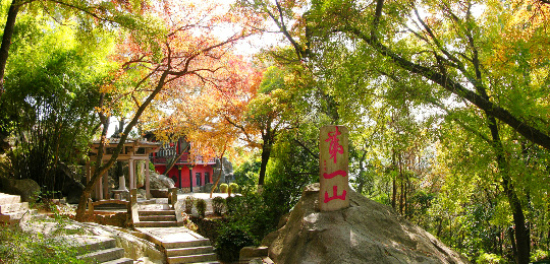
Heritages
As of the end of 2022, cultural items from Quanzhou have been included in various levels of intangible cultural heritage lists, including six at the world level and 36 at the national level.
Quanzhou Nanyin, known as a "living fossil" from China's musical history, is one of the oldest existing musical forms in China. Quanzhou Nanyin was listed in the first batch of the national intangible cultural heritages in 2006. And in 2009, it was listed as a World Human Verbal and Intangible Cultural Heritage by UNESCO.
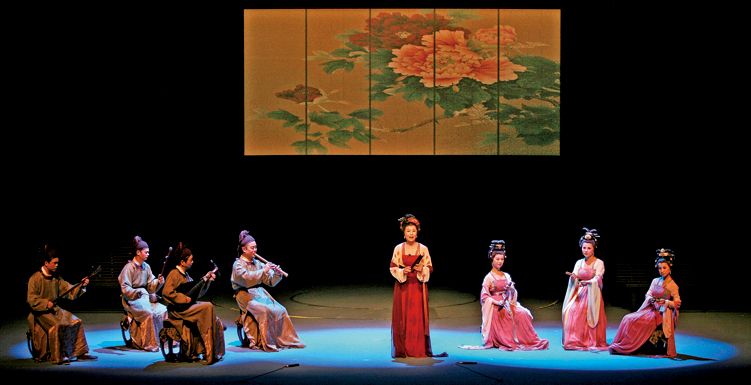
Quanzhou puppetry, known as string puppets in ancient China, has been passed down in Quanzhou for more than 1,000 years. More than 700 traditional puppetry dramas have been preserved over that time. Quanzhou puppetry was listed in the first batch of national Intangible cultural heritages in 2006 and was selected in 2012 on the Register of Good Safeguarding Practices by UNESCO.
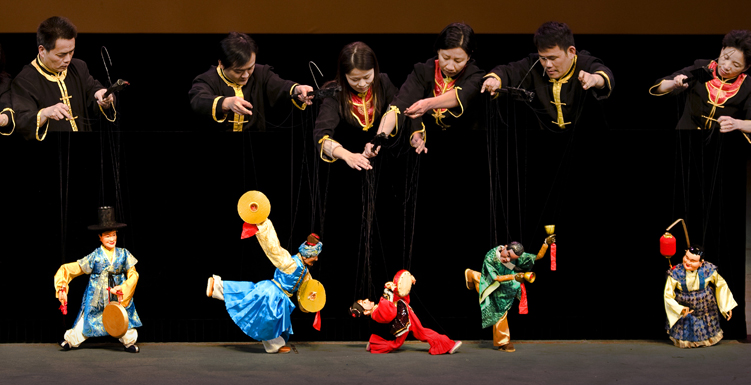
Huian county, situated in Quanzhou, East China's Fujian province, is famous for its stone carving, which dates back 1,600 years. Huian's stone carving was listed as a National Intangible Cultural Heritage in 2005.
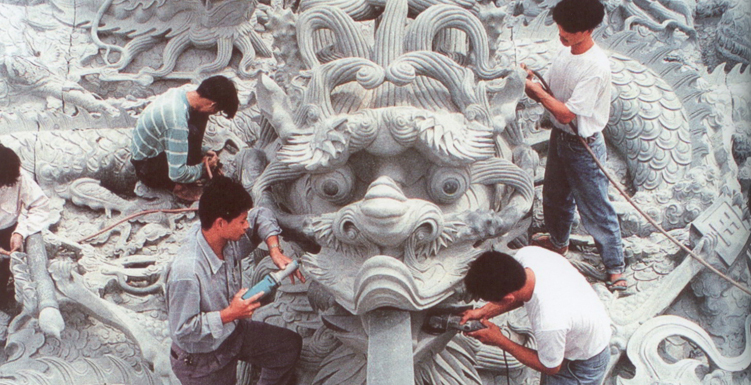
As an important part of Minnan culture, Quanzhou Shaolin kung fu consists of Wuzu boxing, Baihe boxing, and Wumeihua boxing, forming a unique and profound boxing system, and a valuable heritage in traditional Chinese kung fu.
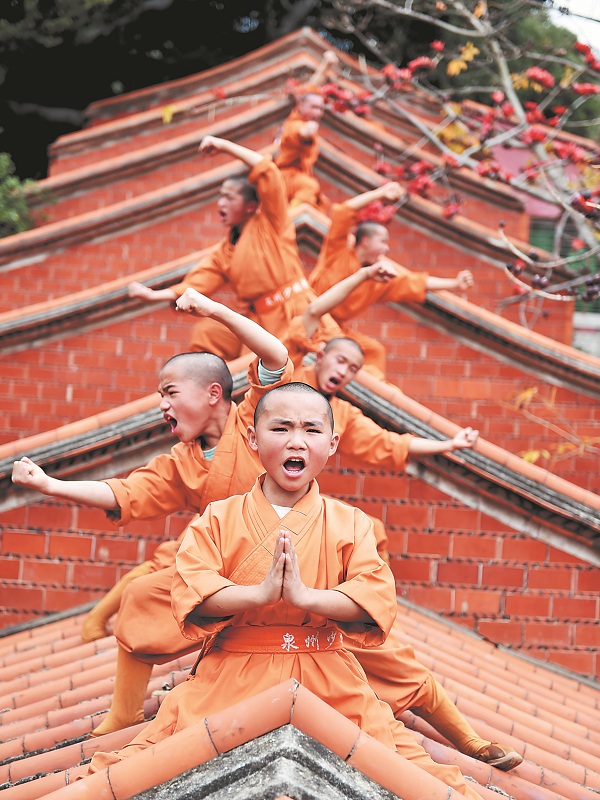
Source: Culture and Travel (enquanzhou.com) Quanzhou: An ancient hub of cultural heritage and Maritime Silk Road (enquanzhou.com)
Mountain WuYi
Mountain Wuyi is located in the northern Fujian province, China, and is used to be known for “green water and red hills” and “outstanding landscape being top in the Southeast China”, and is one of the first batch of national key scenic areas.
The beauty of Wuyi is about hills and peaks. It features the most typically developed Danxia landform among 200+ similar locations in China. The tectonism makes the wonderful peak and rocks here of drastically different forms, some peaks are towering to sky, some run for a couple of miles, some are hanging like a screen, some are rising proudly above others, some standing elegantly.
Location: Wuyishan City, Nanping City, Fujian, China (福建省南平市武夷山市,武夷山)
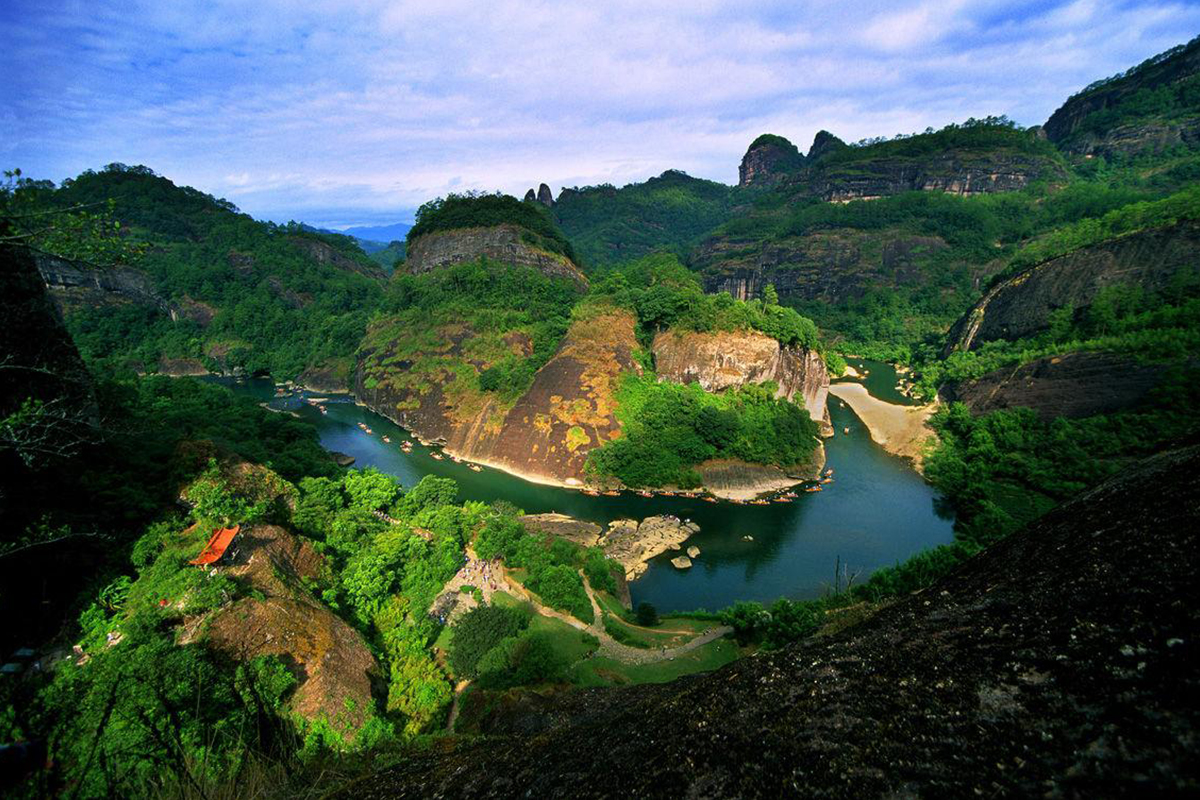
Creek Jiuqu is originated from Tongmuguan, Mt. Wuyi, and is 62.8km long, and flows into Brook Chongyang from west to east. On its downstream of 9.5km, the creek is demonstrated in zigzag form due to the performance of geological fault and features eight shoals and five ponds. The creek is located in between peaks and rocks. The creek is circling and circled by hills, and runs through the peaks with reddish hills and green water that presents a landscape of water-hills. On your tour by bamboo raft, it seems you are in a hills-water painted corridor and it’s a real feast for your eyes.
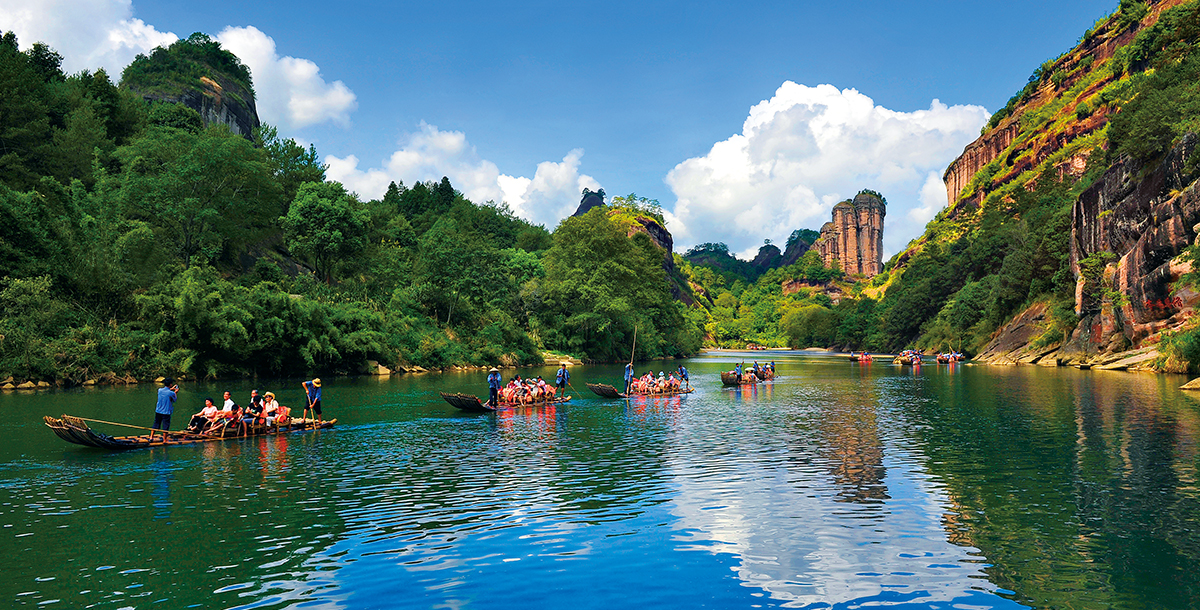
Peak Tianyou is of altitude of 408.8m and a differential elevation of 215m, and is known as the “Top Scenic Spot of Mt. Wuyi”. It is connected with the Rock Xianyou to the east and Peak Xianzhang to the west, and is facing Peak Yinping and Peak Yuhua. Looking afar by the railings on the peak, you can see hundreds of peaks competing for beauty, the thousands of valleys demonstrating their quietness, zigzag and green creek like a belt. The picturesque brooks and hills are all within your eyesight. Peak Tianyou is also an outstanding choice for watching sunrise, Cloud Sea and Buddha’s light.
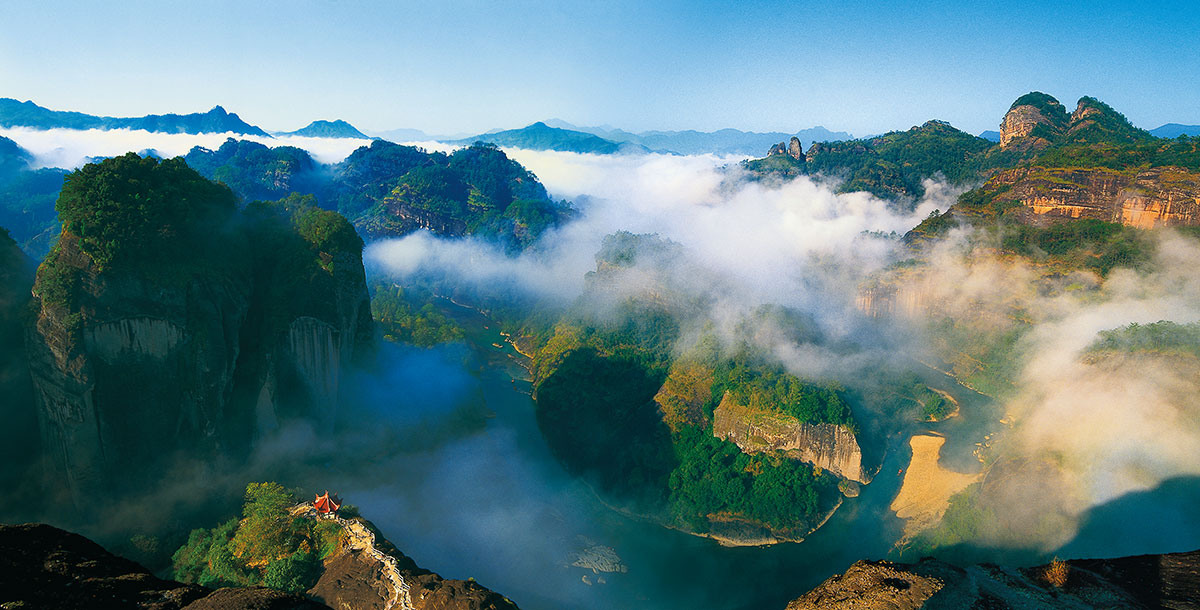
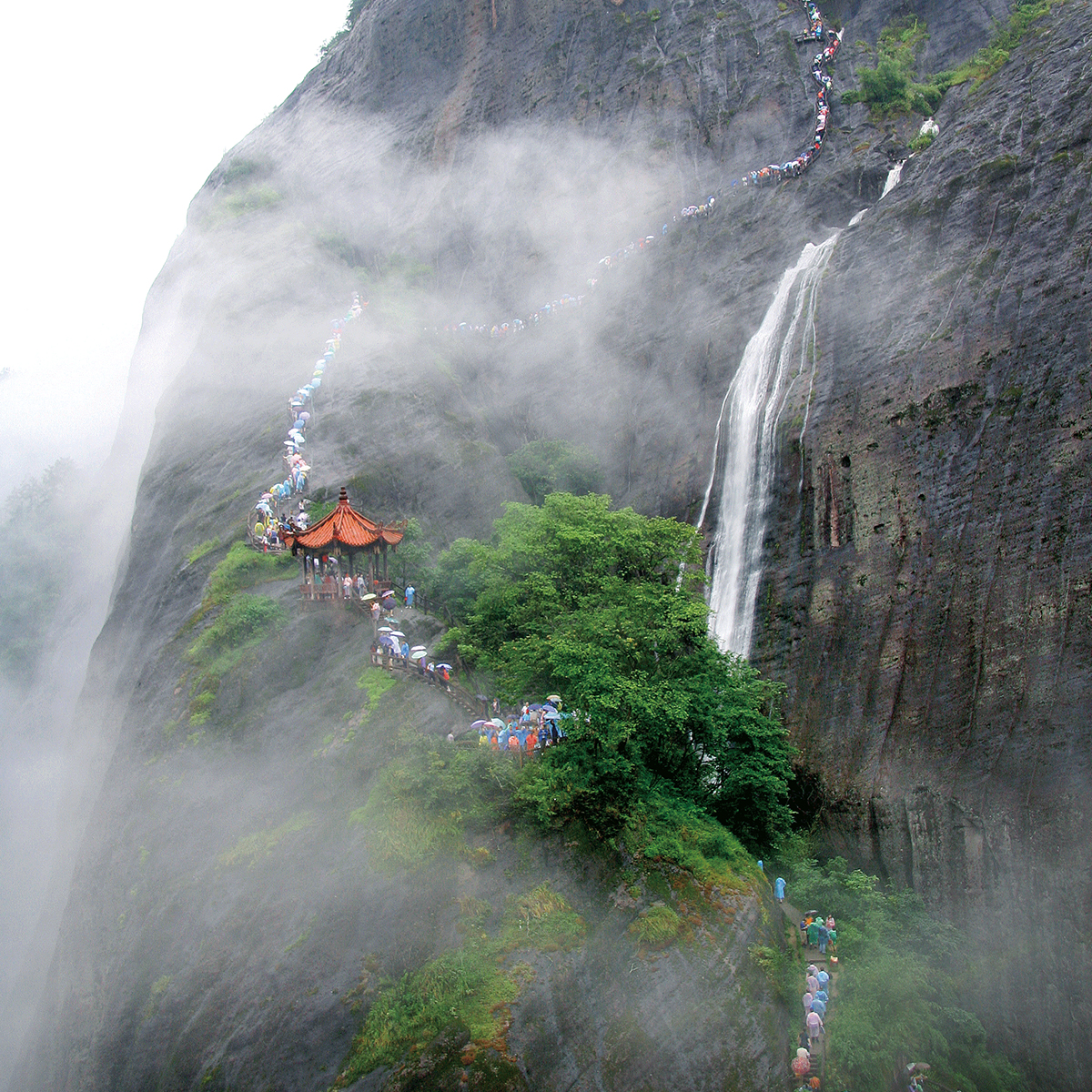
Rock Huxiao is of four steep sides, and is magnificently towers alone with treacherous and bizarre rocks around and drooping green vines. The attraction offers unique spring and rock fun. The associated attractions such as Bailian Ferry (ferry white lotus), Gate Jiyun (cloud gathering gate), Poxian Belt, Pumen Pocket, Fayu the Suspended River, Spring Yuer, Bulang Boat and Cave Binxi are known as “combination of the best parts of the 36 peaks”.
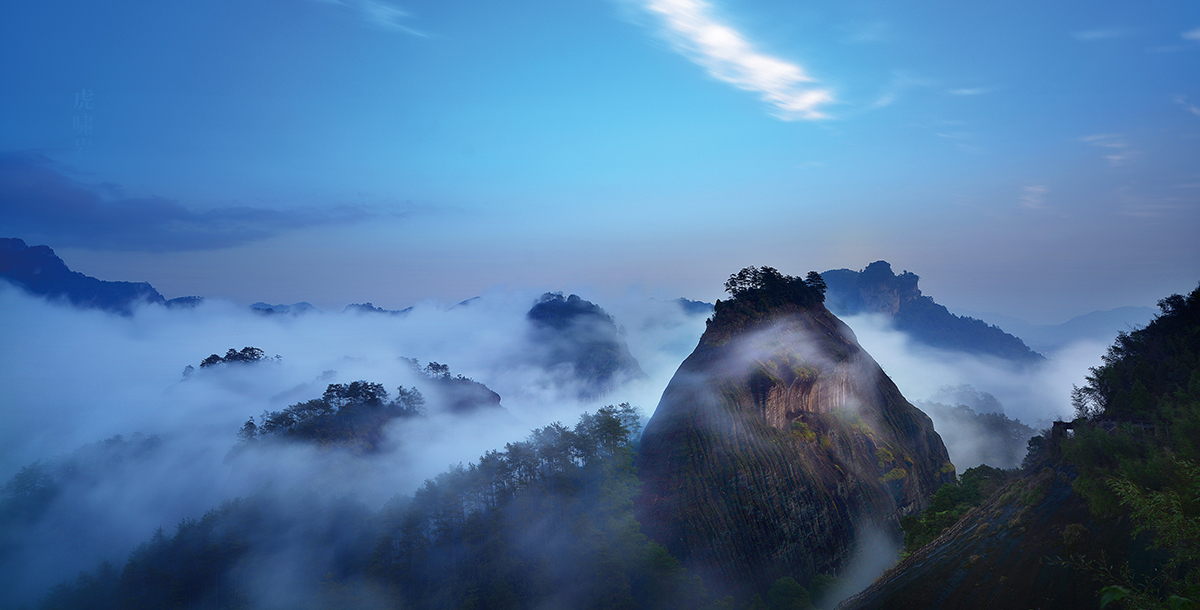
Dahongpao Tea is the top of the numerous species of the Wuyi rocky tea, and is used to have the name of “king of tea”. Its producing spot as known as Jiulongke (nest of nine dragons) is a valley developed under the control of east to west structure, nine steep and slim rocky peaks are dotted and circling around the valley like nine taking off dragons. There are attractions such as Jiulongxizhu (nine dragons playing with pearl), Sanhuabingdi (three flowers on one stalk) and other famous Wuyi rocky tea species such as Bantianyao, Bujiantian, Iron Buddha, White Peony, etc.
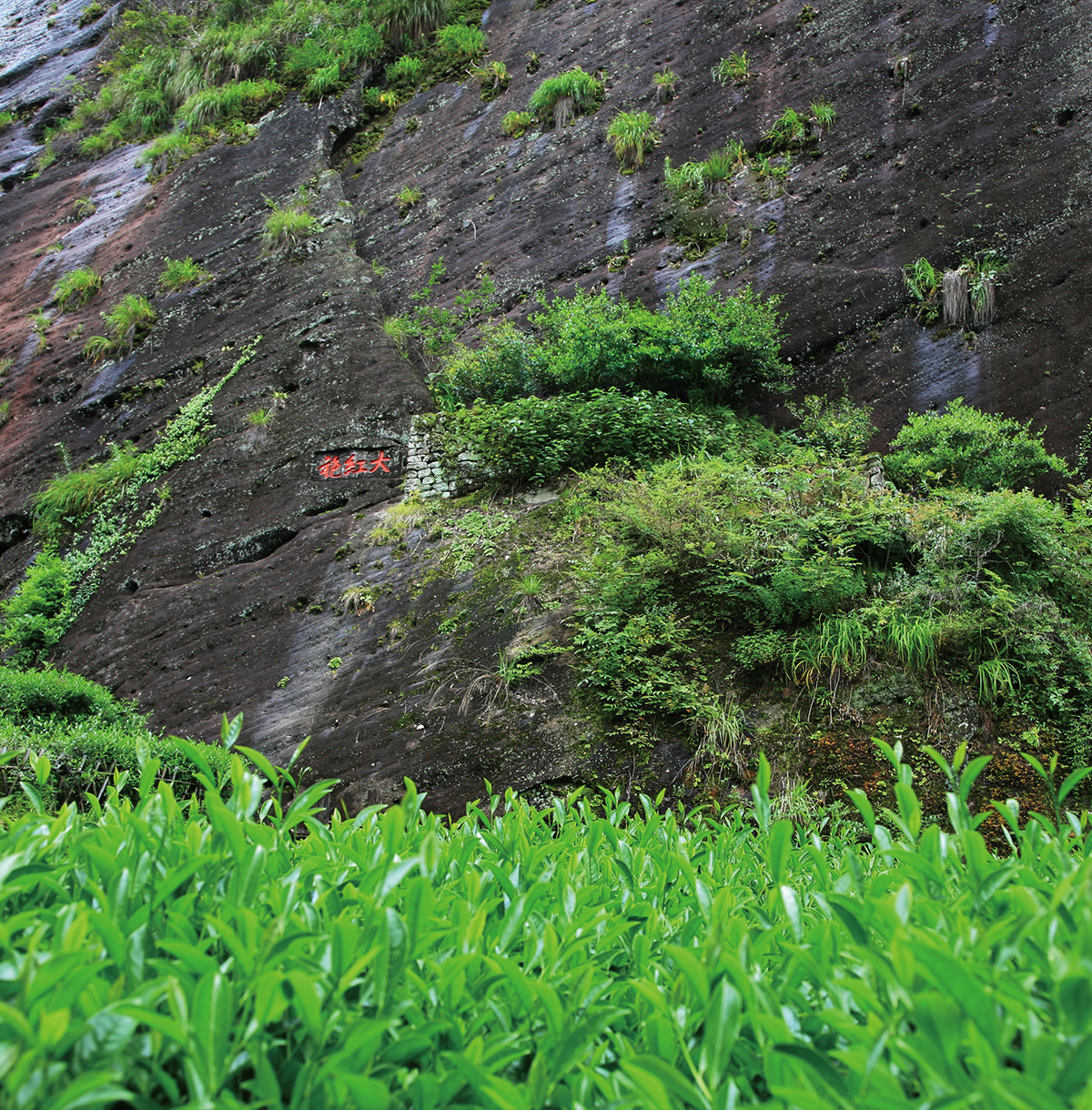
Peak Dawang is also known as rock gauze cap, Peak Tianzhu (or heaven pillar peak), as the shape of the peak is like the gauze cap of the ancient Chinese officials, and looks impressive and dignified as a king.
The altitude of the peak is 530m, the peak is bulky on top and retracted on the bottom and looks grand and magnificent, looked from afar it’s like a heaven hoisting great pillar. This peak is used to have the fame of “King of Immortal Cliff”. On top of the peak there are towering ancient trees and the peak features numerous attractions such as Pond Tianjian, Cave Toulong, Rock Xianhe and Shengzhen Taoist Abbey. The south wall of the peak is steep cliff, there is only a narrow pore path on the south wall for ascending the peak.
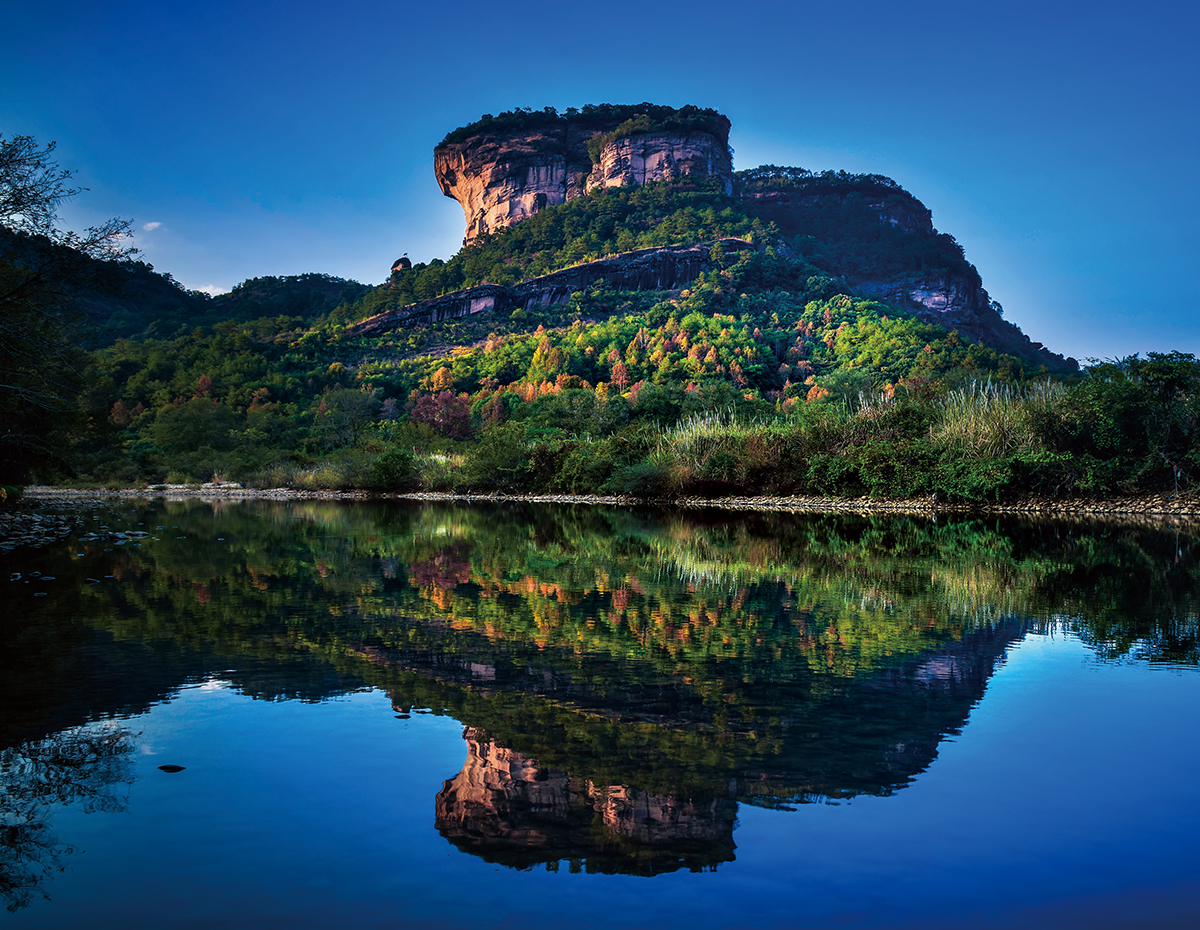
Palace Wuyi integrates natural and humanistic landscape with rich historic sediment. It offers attractions such as Mt. Wuyi Nature Museum, Ancient Celebrities Exhibition of Mt. Wuyi, Mt. Wuyi Tea Culture Exhibition, Sir Liu Yong Memorial Hall, Min-Yue Calligraphy and Painting Hall, Song Dynasty Imitation Pedestrian Street and Wanchun Garden, Peak King, Peak Manting, Rock Water-light, Rock Huangu, Rock Sangu (three aunties), and the Wall of 72 Plates.
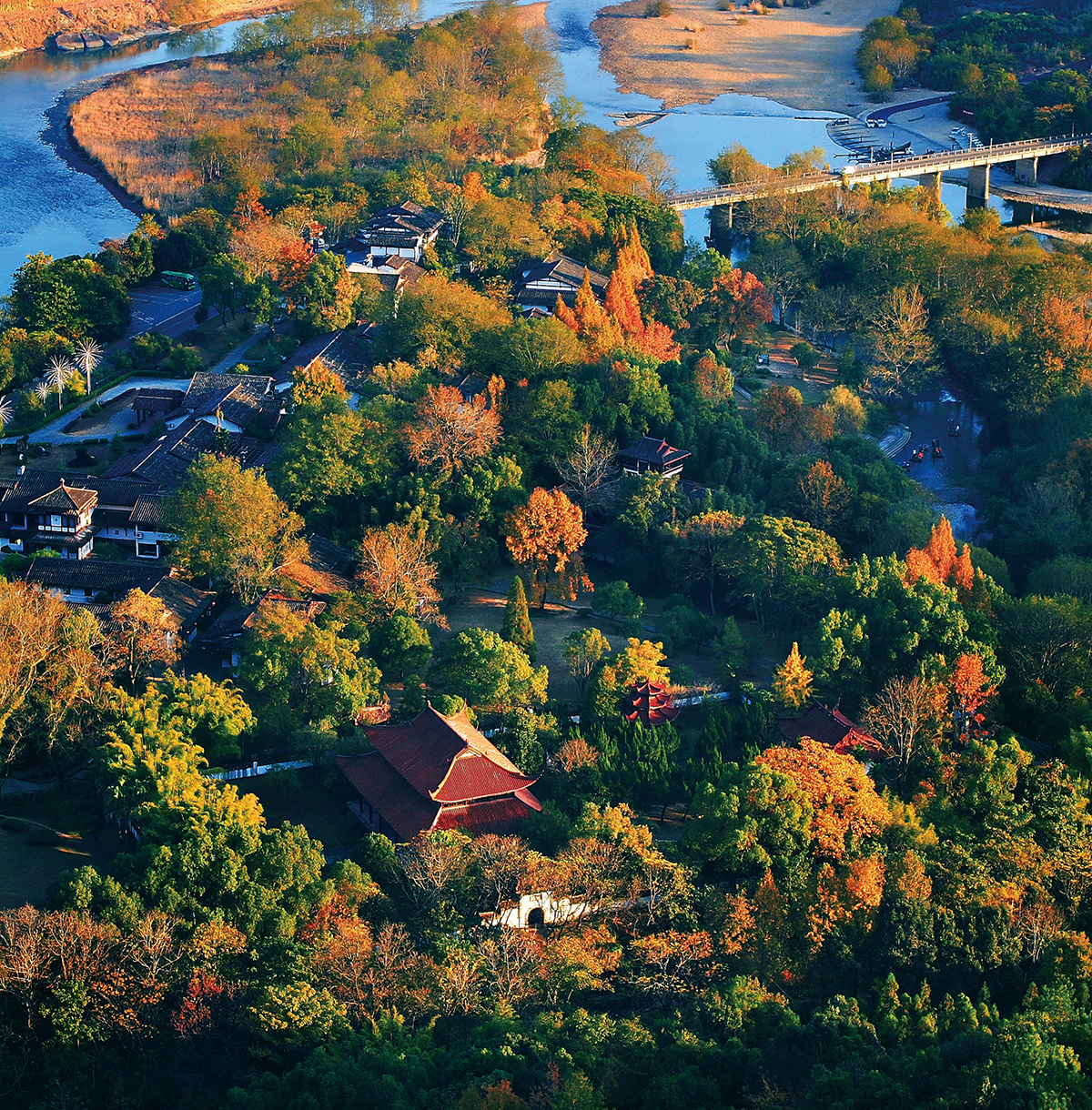
Source: MountainWYpage (wyschina.com)
Fujian Hakka Tulou Building
The Fujian Tulou (福建土楼) are Chinese rural dwellings unique to the Hakka in the mountainous areas in southeastern Fujian, China. They were mostly built between the 12th and the 20th centuries.
A Tulou is usually a large, enclosed and fortified earth building, most commonly rectangular or circular in configuration, with very thick load-bearing rammed earth walls between three and five stories high and housing up to 800 people.
A total of 46 Fujian Tulou sites were inscribed in 2008 by UNESCO as World Heritage Site, as "exceptional examples of a building tradition and function exemplifying a particular type of communal living and defensive organization [in a] harmonious relationship with their environment". The inscribed sites include Nanjing Tulou (Tianluokeng Tulou cluster, Hekeng Tulou cluster, Huiyuan Lou, Hegui Lou), Yongding Tulou (Chuxi Tulou cluster, Gaobei Tulou cluster, Hongkeng Tulou cluster, Zhenfu Lou, Yanxiang Lou) and Hua'an Dadi Tulou (Dadi Tulou cluster).
Yongding Tulou Location: Yongding District, Longyan City, Fujian, China (福建省龙岩市永定区,永定土楼).
Nanjing Tulou Location: Nanjing County, Zhangzhou City, Fujian, China (福建省漳州市南靖县,南靖土楼).
Hua'an Dadi Tulou Location: Hua'an County, Zhangzhou City, Fujian, China (福建省漳州市华安县,华安大地土楼).
Notable Fujian tulou
Chuxi Tulou cluster (初溪土楼群), located at Fujian province, Longyan City, Yongding District, Xiayang township, Chuxi village. Inscribed as UNESCO World Heritage site 1113-001. Jiqinglou, the largest round tulou, and also the oldest in this cluster, built in 1419 during the reign of the Yongle Emperor of the Ming dynasty. It consists of two concentric rings, the outer ring building is four stories tall, with 53 rooms on each level. The outer ring has 72 staircases. The second ring is a one-story building.
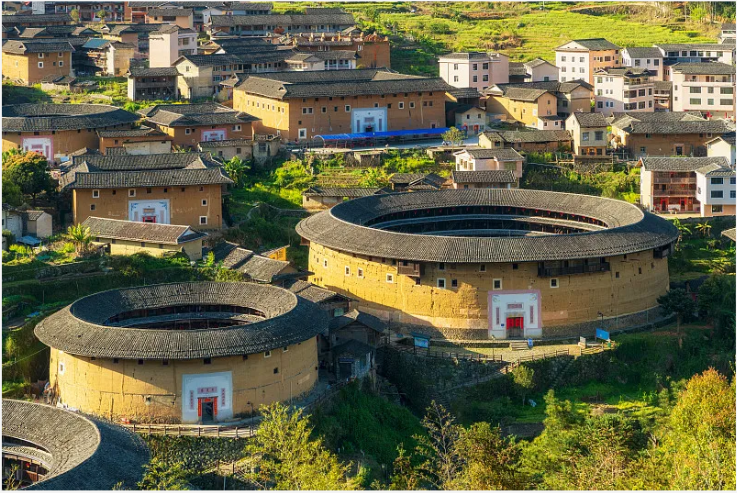
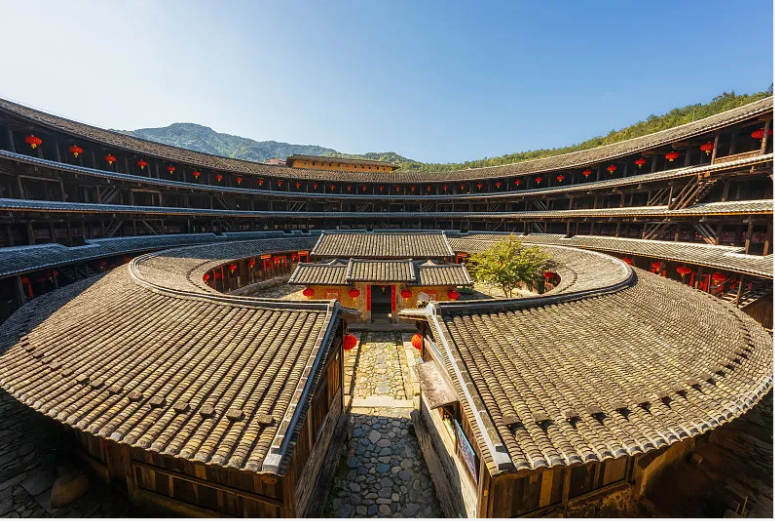
Tianluokeng Tulou cluster (田螺坑土楼群) is tulou quintet cluster located at Fujian province, Zhangzhou City, Nanjing County, Shuyang Township, Tian Luo Keng Village (literally "Snail Pit" Village) in southern China. It consists of five tulous with a square "Buyunlou" at the center, surrounded by three rotunda tulous and an oval tulou, forming a pattern of "four dishes and a soup" (四菜一汤).
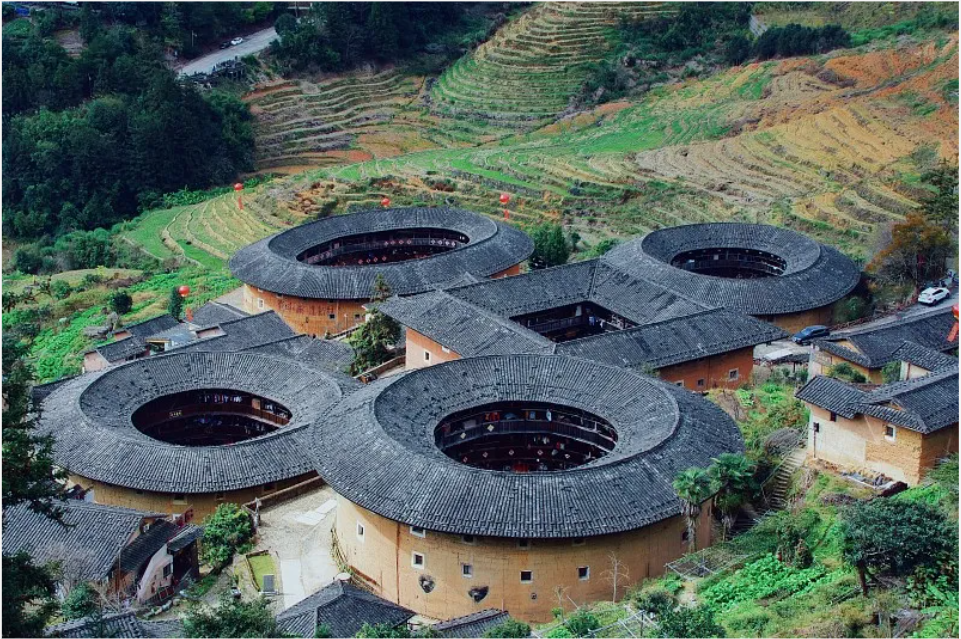
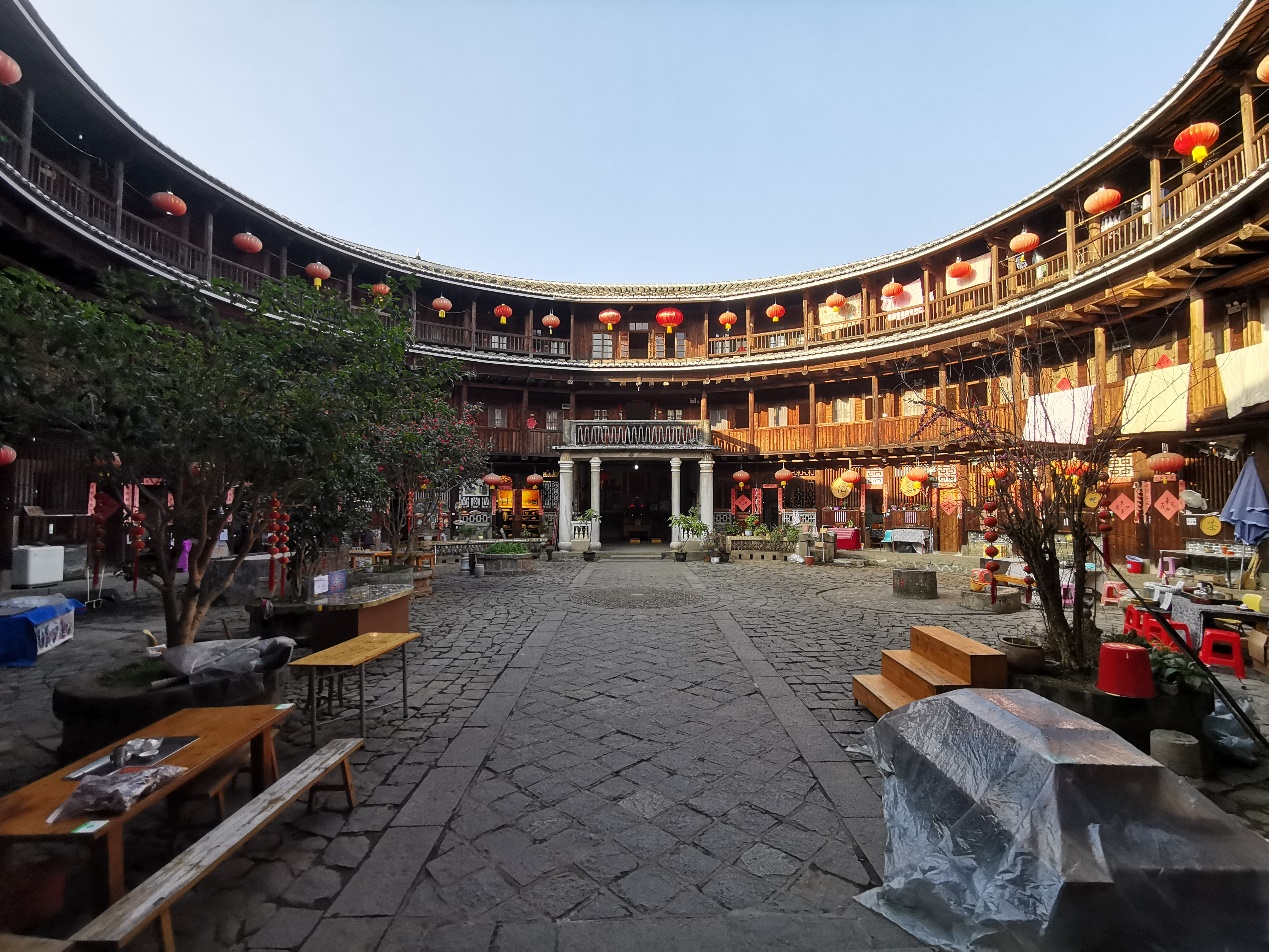
Source: Fujian tulou - Wikipedia

